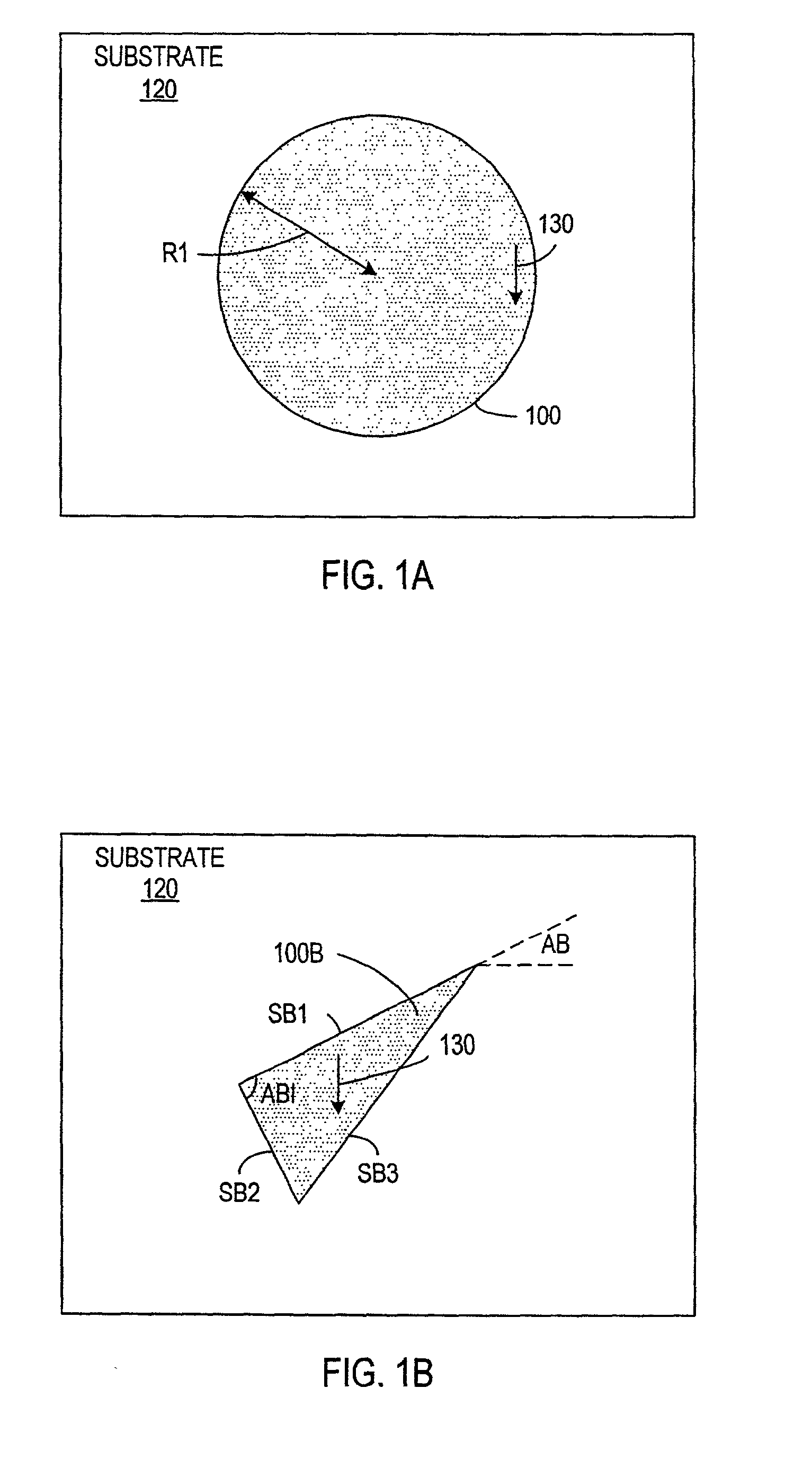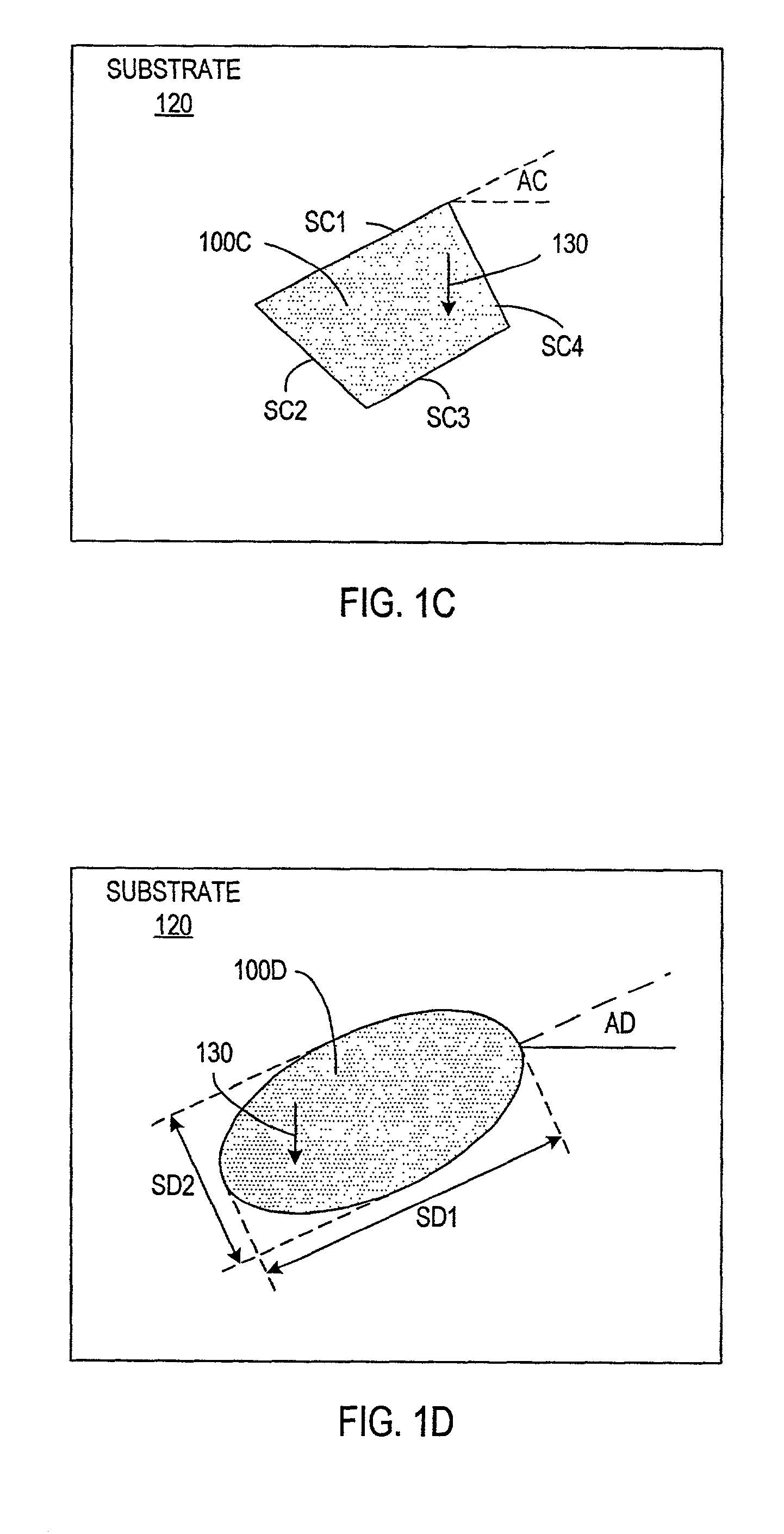Superconducting dot/anti-dot flux qubit based on time-reversal symmetry breaking effects
a time-reversal symmetry and qubit technology, applied in computing, semiconductor devices, instruments, etc., can solve the problems of long-range electric interaction, difficult expansion of such systems to a commercially useful number of qubits, and the basis state used is not naturally degenerate, so as to suppress the decoherence process
- Summary
- Abstract
- Description
- Claims
- Application Information
AI Technical Summary
Benefits of technology
Problems solved by technology
Method used
Image
Examples
Embodiment Construction
[0031] In accordance with an aspect of the invention, quantum computing uses qubits based on the degenerate ground states of the supercurrent that arises due to time-reversal symmetry breaking effects in superconductors. These effects occur, for example, in d-wave superconductors when the dominant order parameter symmetry in a superconductor is suppressed and the superconductor possesses a subdominant component. Furthermore, p-wave superconductors exhibit a double degeneracy in the pairing symmetry of the order parameters and thus exhibit similar yet less sensitive behavior to that of the d-wave superconductor. These effects in d-wave superconductors may occur at boundaries such as grain boundaries, (see U.S. patent application Ser. No. 09 / 452749, entitled "Permanent Readout Superconducting Qubit" by A. M. Zagoskin, which is hereby incorporated by reference in its entirety) and at defects (see F. Tafuri and J. R. Kirtley, "Spontaneous Magnetic Moments in YBCO Thin Films," Phys. Rev....
PUM
 Login to View More
Login to View More Abstract
Description
Claims
Application Information
 Login to View More
Login to View More - R&D
- Intellectual Property
- Life Sciences
- Materials
- Tech Scout
- Unparalleled Data Quality
- Higher Quality Content
- 60% Fewer Hallucinations
Browse by: Latest US Patents, China's latest patents, Technical Efficacy Thesaurus, Application Domain, Technology Topic, Popular Technical Reports.
© 2025 PatSnap. All rights reserved.Legal|Privacy policy|Modern Slavery Act Transparency Statement|Sitemap|About US| Contact US: help@patsnap.com



